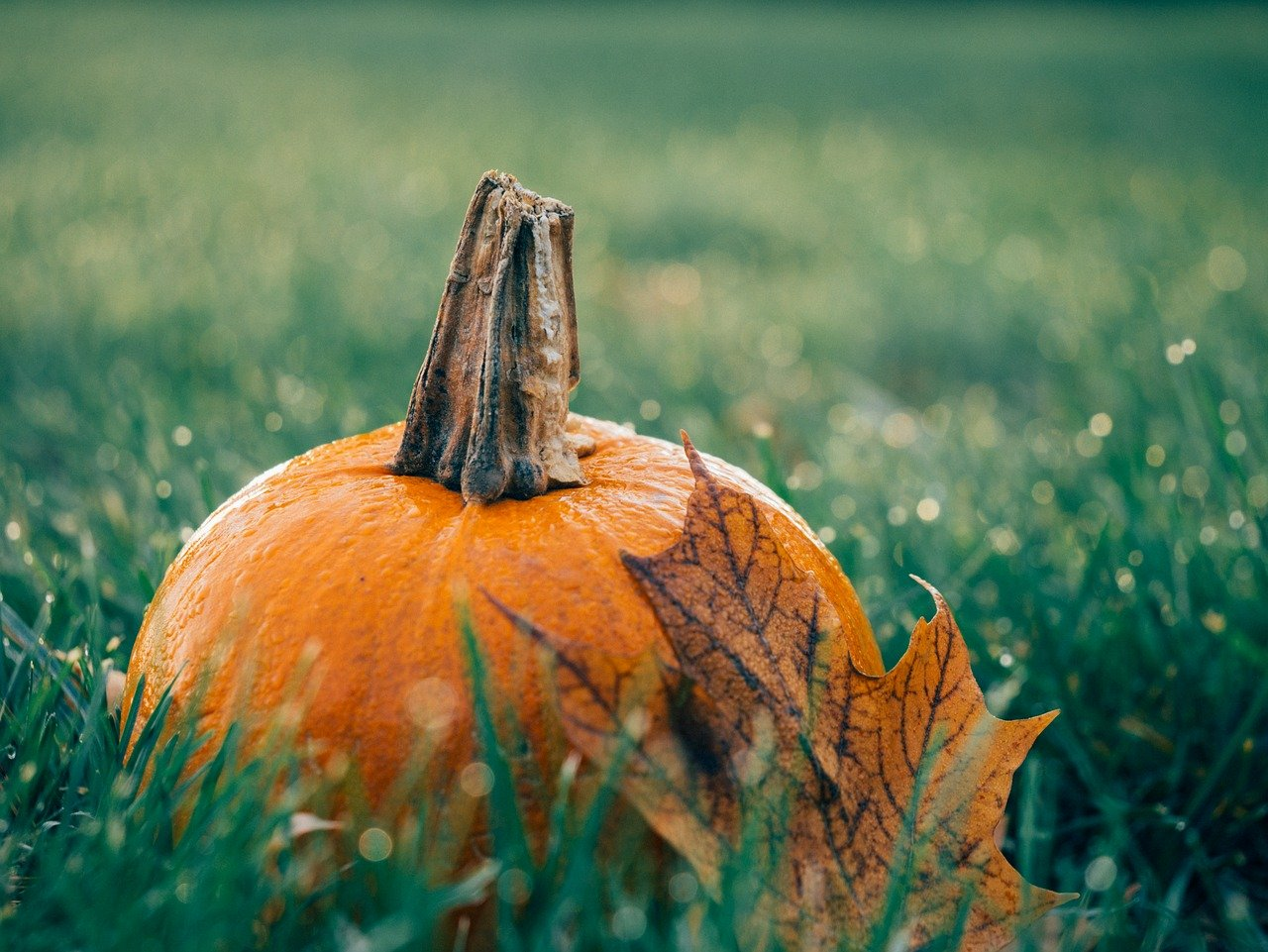Gardening in October
Gardening in the fall
Although October is not the typical gardening month, there is still plenty to do: from the last harvests to preparations for next year.
Covering winter vegetables
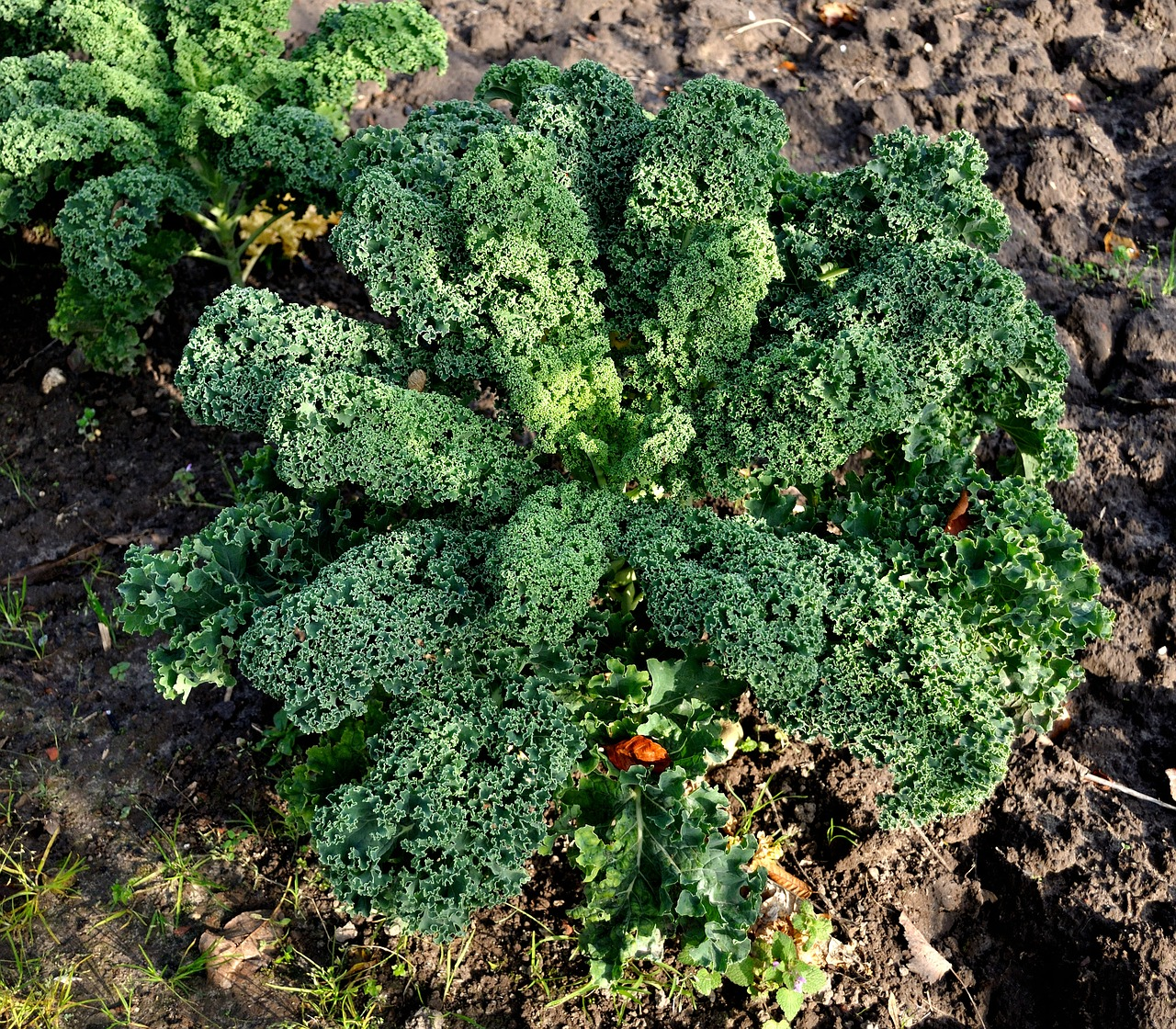
If you planted winter crops in your bed in late summer, now is the time to protect them against night frosts. Although winter crops such as leeks, kale, Brussels sprouts, lamb's lettuce, parsnips and salsify can withstand light frosts, they cannot tolerate temperatures far below freezing. You can easily remedy this with a protective layer of fleece. You can make semi-circular arches from thick wire and place them over your beds. You can easily attach the fleece to the arches with clothespins. To further protect the fleece from the wind, it is worth weighing down the edges with boards or stones. The crops mentioned above can remain on the bed in such a fleece tunnel until spring and can be harvested again and again as required.
Sowing in October
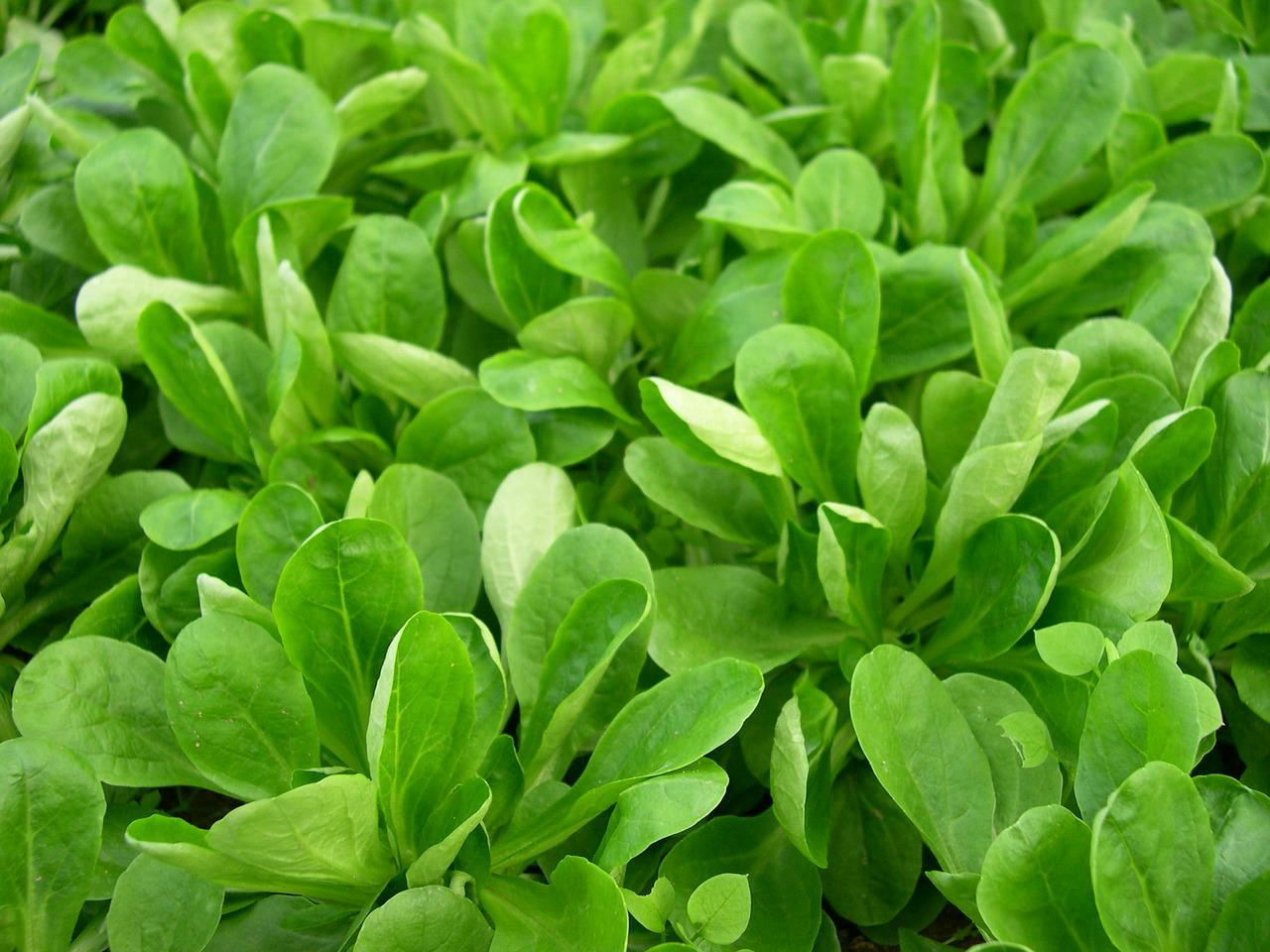
Even though it can get really cold now, you can still sow some seeds in October. These include fast-growing winter vegetables such as:
- swiss chard
- winter cress
- postelein (winter purslane)
- lamb's lettuce
- spinach
You can also plant onions or garlic at the beginning of October so that you can harvest them early next year. Field beans can also be sown in October and then harvested early in the year. You can find out more about this in our article on growing vegetables in winter.
Harvest in October

Harvest the last of the autumn vegetables such as pumpkin, beet, chard, kohlrabi and beans. If you have too much, you can make delicious compotes, ragouts and chutneys to enjoy throughout the winter.
Storing vegetables
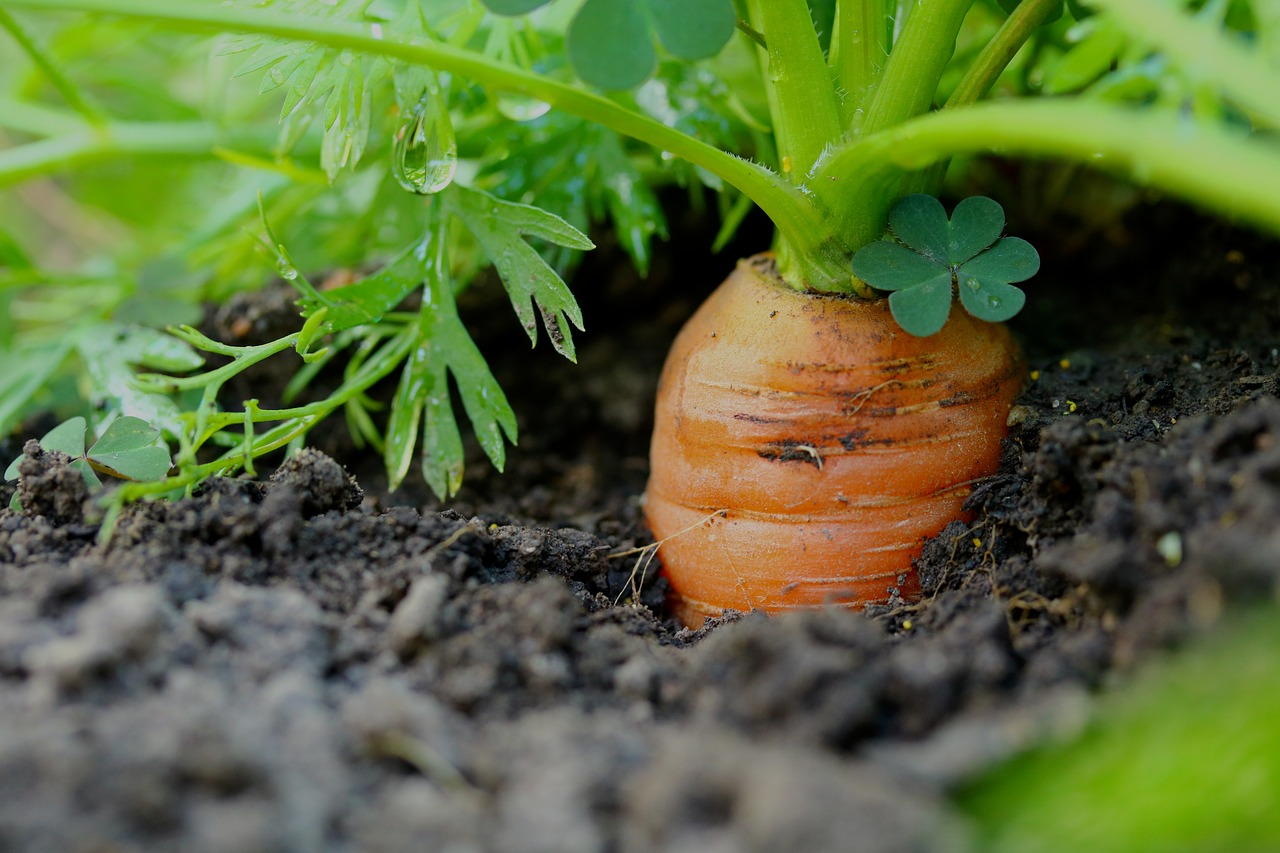
Many autumn vegetables keep for a very long time if you store them in the right way. For root vegetables, the more soil that is still attached to them, the longer they will stay alive and therefore fresh. So only remove the leaves from carrots, beet, turnips and parsnips and refrain from washing or even brushing them. Do not remove the fine roots either, as this only creates areas where rot can develop. To further preserve root vegetables, you can “wrap” them in damp sand. To do this, simply take a shallow box, preferably made of wood or another “breathable” material. Now line it with newspaper and alternate layers of damp sand and your harvest. It is best to store the box(es) in a dark, cool place, such as a cold cellar or an unheated shed, where the average temperature should be below ten degrees. In principle, this method works for all root vegetables and kohlrabi.
You can simply store pumpkins individually on a shelf or hanging in nets in the same room. Depending on the variety, they may last the whole winter. In this article, you will learn briefly and concisely how best to store pumpkins. To store head cabbage, harvest it complete with all its bracts and wrap it loosely in newspaper or wrapping paper. It is best to store cabbage in a dark, cool place (e.g. cellar).
ATTENTION: You should not store your vegetables in the same room as apples, pears or bananas. These give off the ripening gas ethylene. This phytohormone initiates the ripening process of fruit and vegetables, causing them to spoil more quickly.
Turning compost
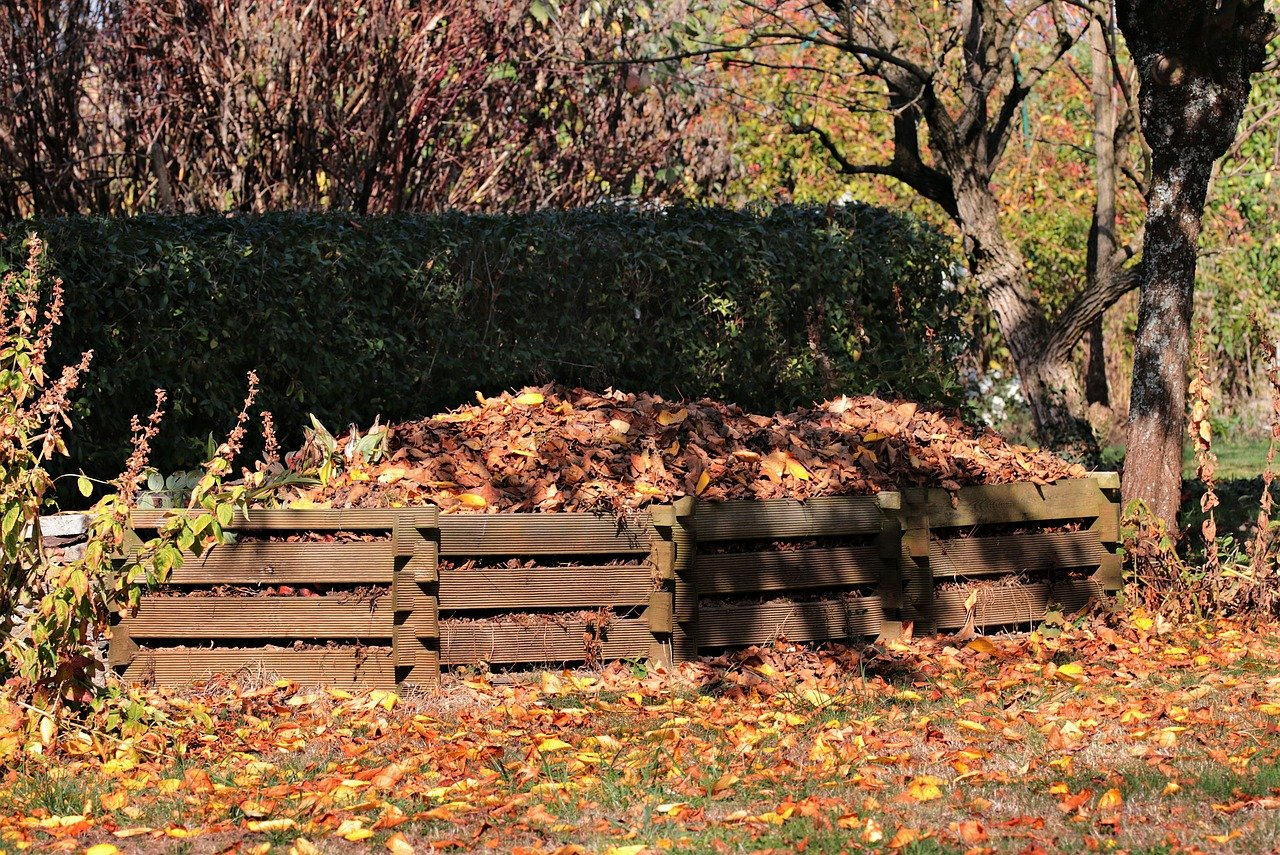
Your compost heap will have filled up considerably over the summer. To guarantee optimal composting until next year, it is worth moving the compost heap in October. In a compost system with two composting areas next to each other, shovel the entire compost heap onto the empty area next to it. This guarantees optimal mixing of the more decomposed areas further down and the less decomposed areas further up. It also loosens up the structure of the pile and aerates it, stimulating the composting process. You can fill the empty space with harvest waste, leaves and chopped green waste and dispose of your organic waste here over the winter. If you don't have a compost in your garden yet and would like to know how to create a compost properly, you can find an article with instructions in our magazine.
Fertilizing heavy-feeding beds
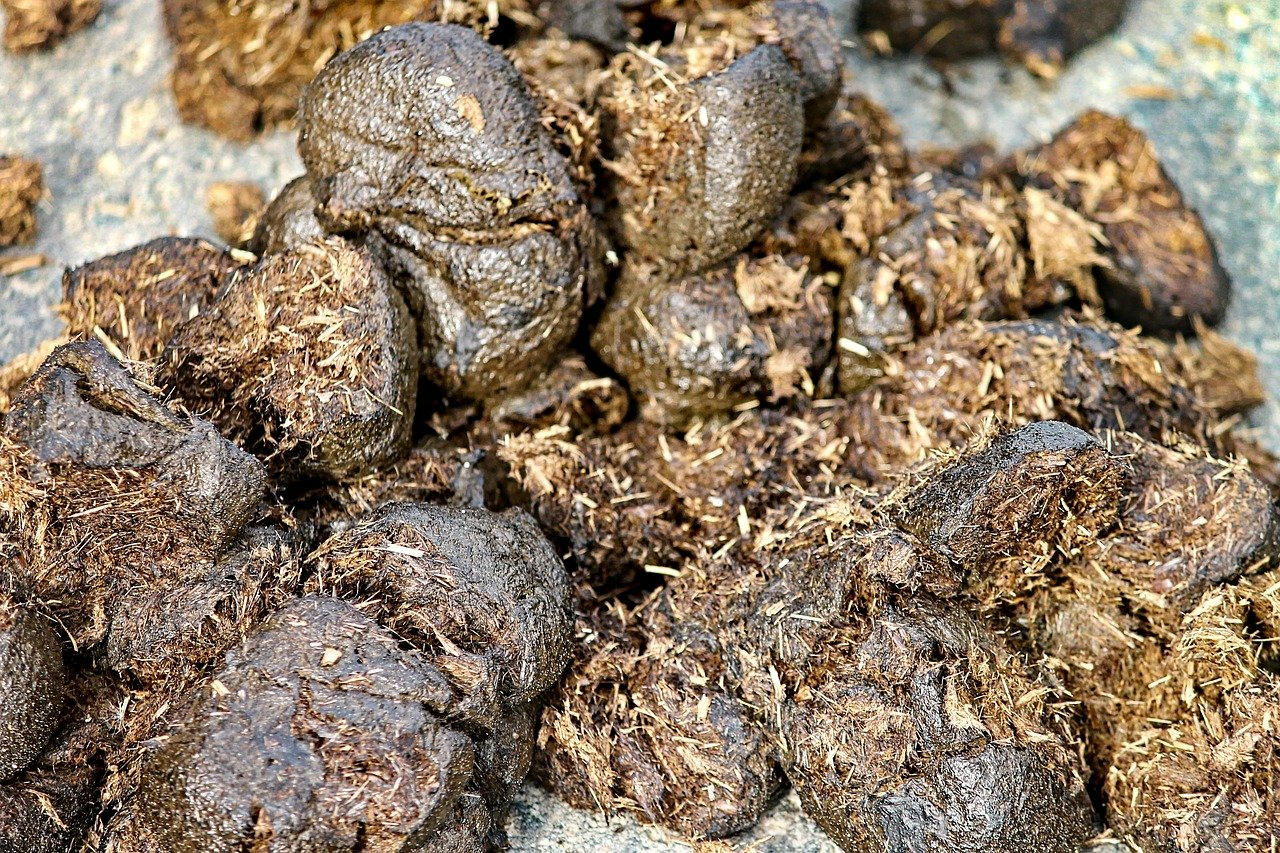
The beds that will be planted with heavy eaters next season must be optimally prepared. With an extensive fertilization with a layer of compost about 2.5 cm/1 in high, your plants are guaranteed to have enough nutrients to thrive and grow next year. First spread the compost evenly over the surface. To gently loosen the soil and work in the compost, it is best to dig into the soil with a large digging fork and gently lever back and forth. This lifts the soil a little, aerates it and mixes in the compost. You can also mix the surface a little with a rake and smooth it out. We do not recommend traditional digging because it disturbs the soil life. You can read more about how to maintain and improve your garden soil after a season here. You can find out how to create beds without digging up areas in the article on sheet mulching or lasagne beds. With this soil-friendly way of creating beds, fertile beds can be created even on soils of moderate quality.
Plan crop rotation
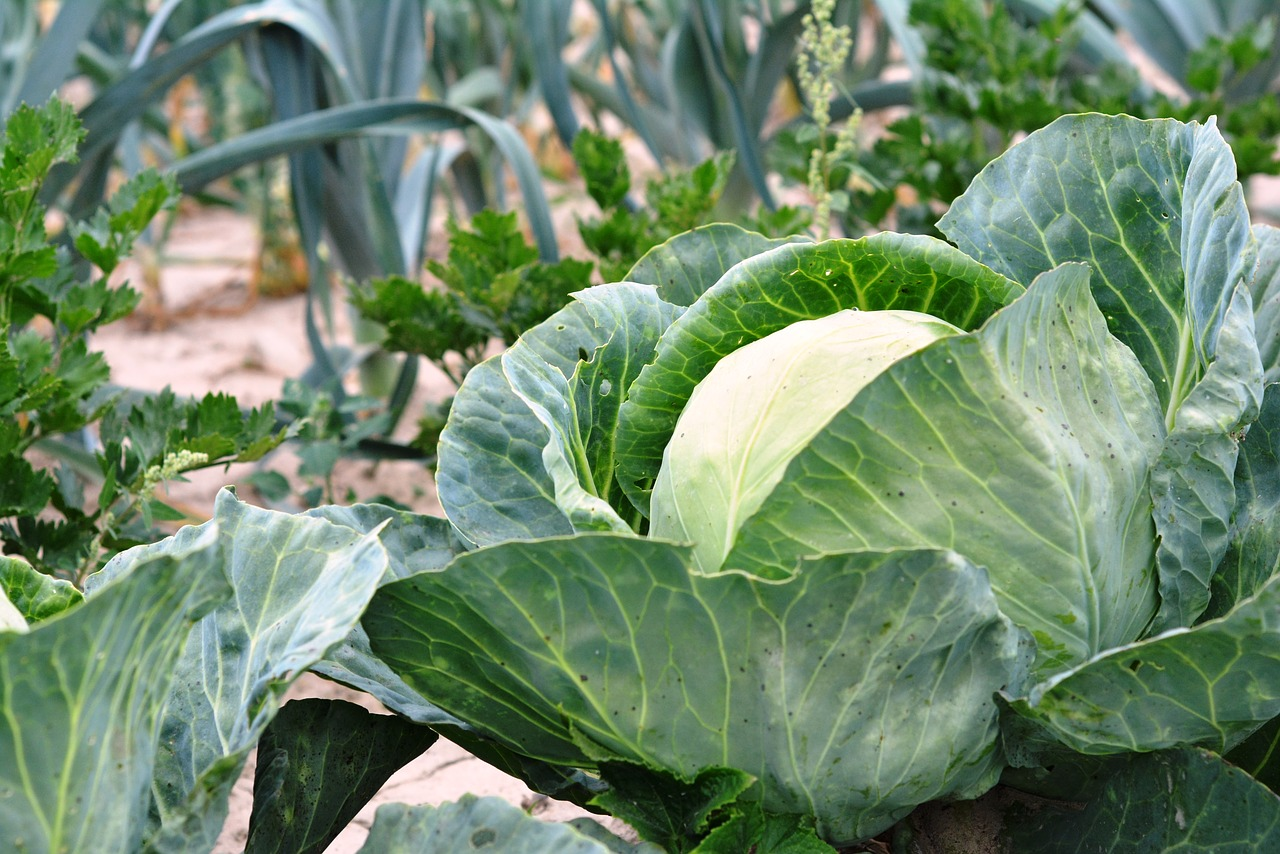
To get off to the best possible start next spring, you should start thinking now about which vegetables should fill your beds next season. You can read more about how to plan a crop rotation for your vegetable garden here. It makes sense to take a look at what you have grown this year and in previous years. To prevent soil fatigue and diseases, you should rotate accordingly in your planning for next year. A simple rule for this is never to grow the same thing after the same thing at the plant family level. This is because plants in the same family often have similar soil requirements and take up similar amounts of nutrients. If you grow them several years in a row, the soil will eventually be depleted. In addition, plants from the same family are usually susceptible to similar pests and diseases. With a varied crop rotation, you avoid an accumulation of specific pests and diseases.
Planting & pruning fruit trees
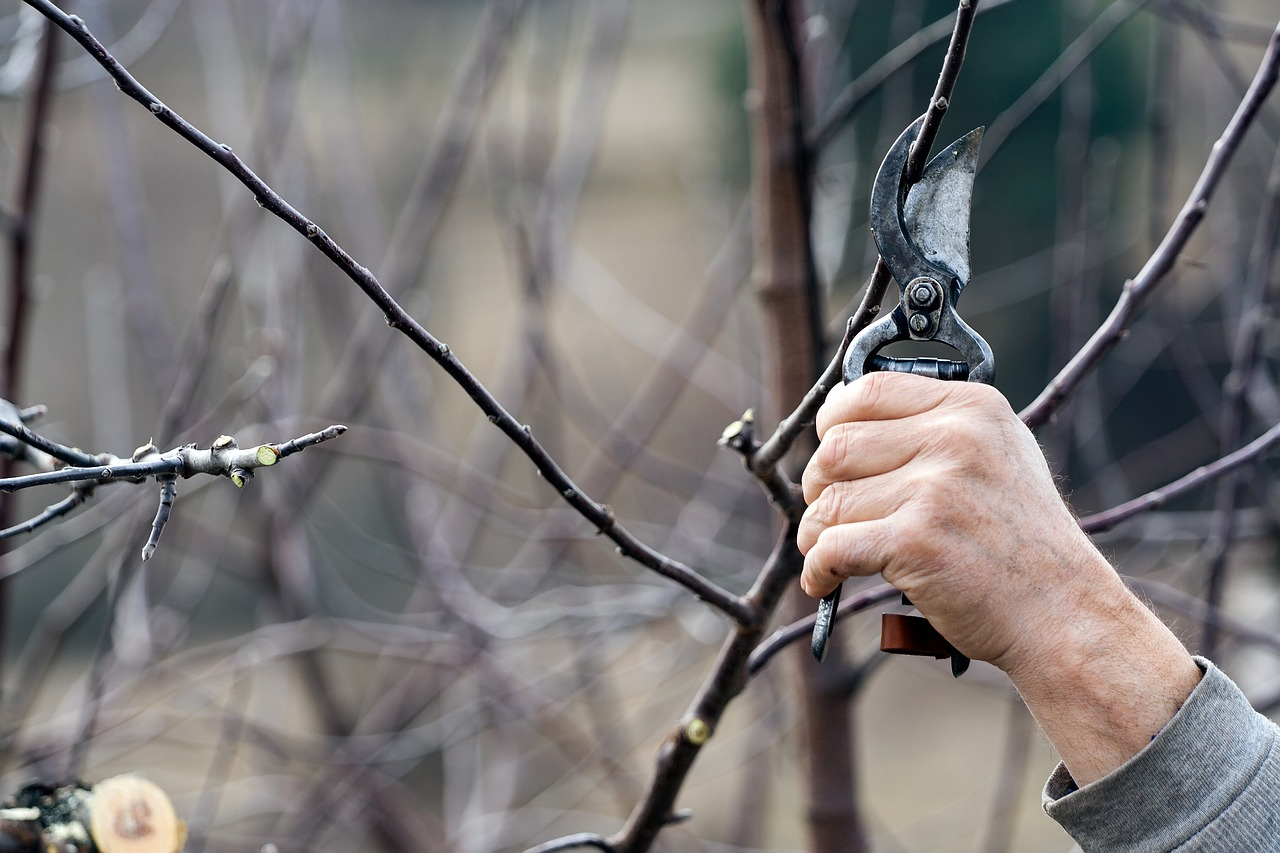
- planting in the fall gives the tree or shrub enough time to develop a strong root system so that it can really take off in the spring
- for apple, cherry and peach trees, remove water shoots, dead wood, diseased branches and plant parts as well as crossing shoots after leaf fall
- berry bushes such as currants, thorns, blackberries and summer raspberries are also happy to be pruned in the fall
Mulching beds or sowing green manure
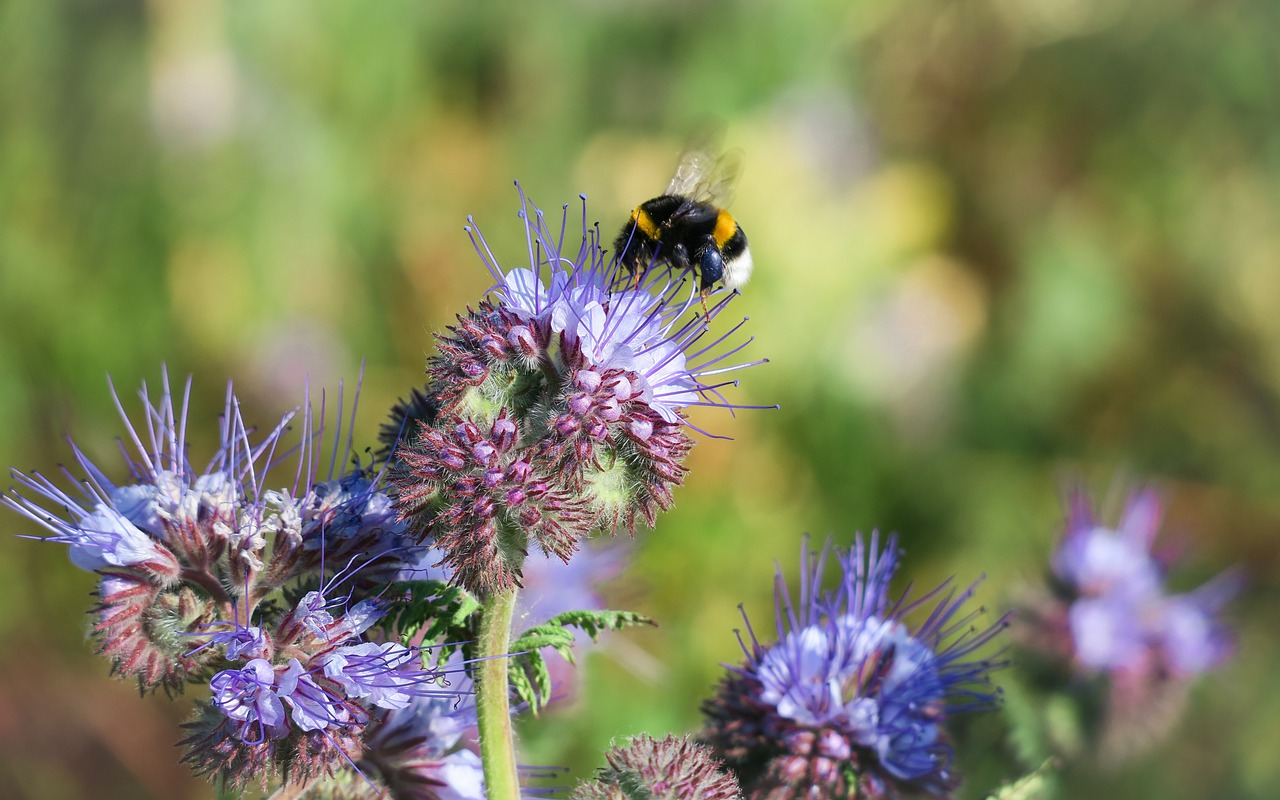
Especially in the cold season, it is important to protect the soil from wind and weather. Otherwise, you risk soil erosion and a decline in biological activity in the soil. Green manure is ideal for giving your soil a break and enriching it with valuable nutrients. Nitrogen-fixing legumes are particularly suitable for enriching the soil with lots of nitrogen. In spring, you can cut off the plants and spread them on the soil surface as mulch. By covering the soil all year round, you not only prevent soil erosion but also the leaching of nutrients. Plants absorb nutrients through their roots and store them temporarily in their biomass. Mulching closes the cycle and the nutrients are returned to the soil. Without the plants, excess nutrients are washed out and end up in the groundwater or surface water.
